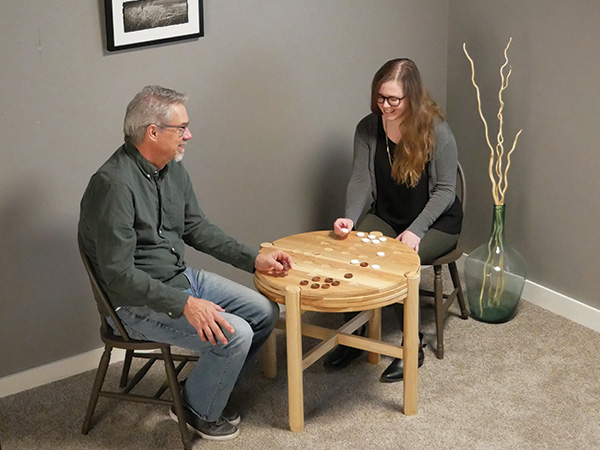
Games, especially board games, are a great holiday pastime. This little table has three classic games engraved in the tabletops: cribbage, chess/checkers and Nine Men’s Morris, all in a small end table format. When it is not being used for gaming, one of the three tops can be flipped over and it will simply look like a small table with a smooth surface.
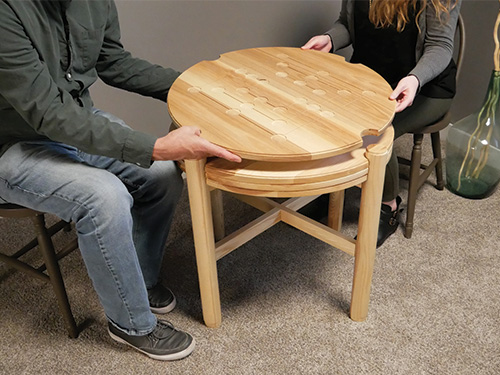
I routed the three game boards using a Shaper Origin (it’s a unique handheld CNC machine), but they are doable using “old school” methods as well. More on that at the end of this article.
Starting at Floor Level
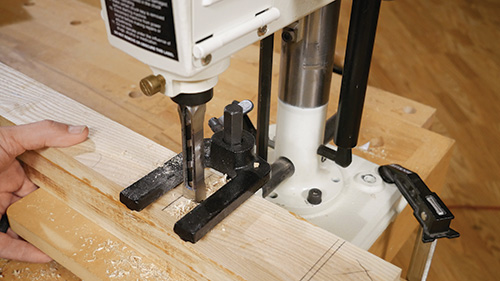
I built the legs for the table first, choosing ash lumber that I surfaced to 13/16″. That allowed me to glue up three pieces per leg and make blanks that were 2-3/8″ square. I also left them longer than their final 24″ length. I then chopped mortises in the legs for the cross braces while they were sticked up and moved on to the lathe. Here, I turned them to cylinders with a rabbet at the top and a “foot” at the bottom.
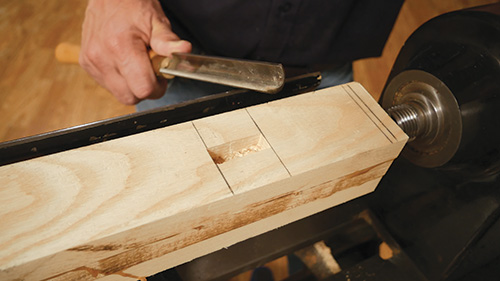
I cut the legs to final length on a miter saw. I also cut the cross braces to width but left them overlong and set them aside for the time being. You can find all the dimensions and construction details for the table parts in the Material List and in the Drawings.
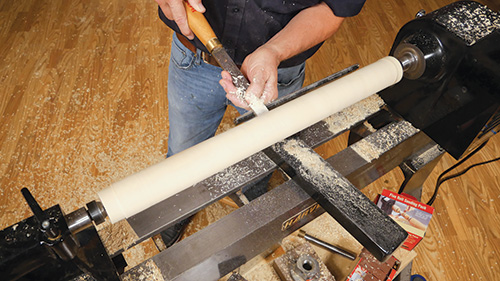
Next, I glued up the four pieces for the tabletop game boards, taking the time to “compose” the panels — trying to create pleasing grain patterns. Ash has bold grain patterns and can be very beautiful. Because I was working with the Shaper Origin and was frankly a total rookie with it, I made my top blanks 28″ square to leave some room for error.
Hand-guided CNC Router
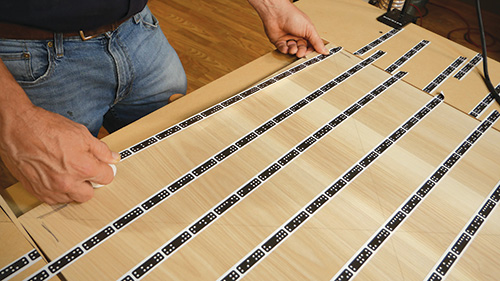
I’ve been aware of the Shaper Origin for a long time now, having seen one of the very early prototypes developed by some MIT students.
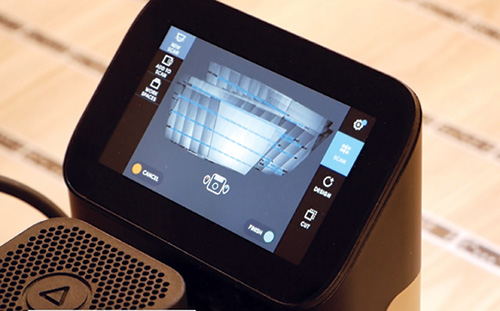
Think of it as a handheld router with a sort of GPS system that helps guide the bit. You do the driving, but the machine keeps you on the road.
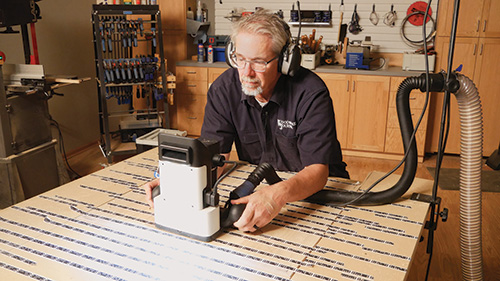
When you learn any new tool or process, there are going to be fits and starts, and that happened to me. At the same time, I was pretty successful using the tool, thanks to the support the company provides on their website (shapertools.com).
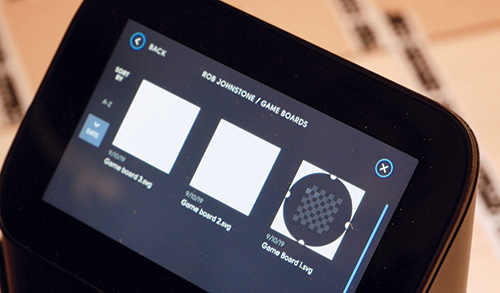
We created our plan, sent it to Shaper to assist, and they put usable files into our ShaperHub™ portal.
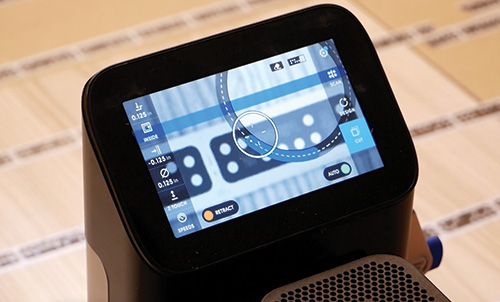
After some final sanding and a dry fit to make sure the parts all fit together, it was time for assembly. I used shellac to build up a film coat and then a rattle can of clear lacquer as a top coat. Wax the surfaces to keep them from welding together!
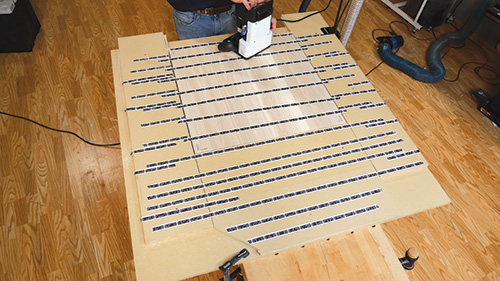
If you are not going to use a Shaper Origin (probably most or all of you), we have downloadable drawings that will give you the tabletop shape and the Nine Men’s Morris layout.
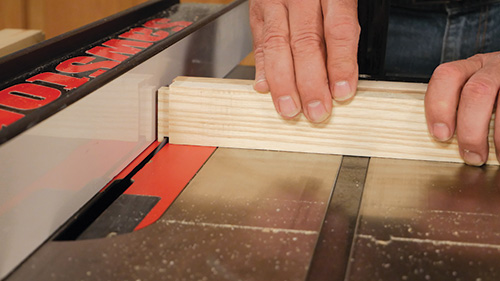
Rockler sells a few jigs for drilling cribbage patterns (#51133 is one of several) that you can select. If you want a checkerboard pattern, painting that pattern on the tabletop is a simple solution.
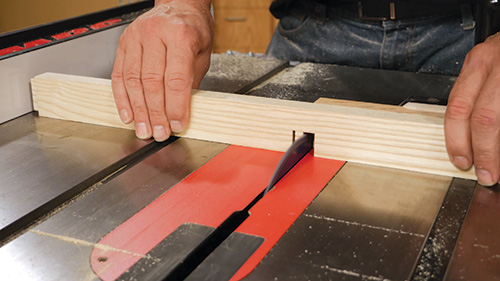
But don’t stop there! The tabletops are an opportunity to put any sort of board game on the surface. Creativity counts!
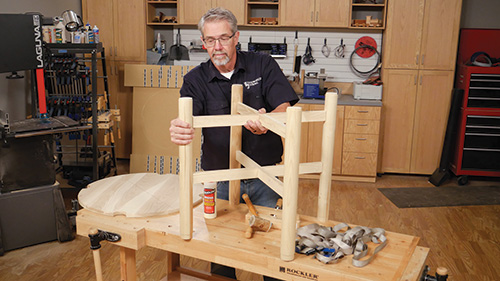
All in all, this was a fun learning experience, and the table is a little gem.






